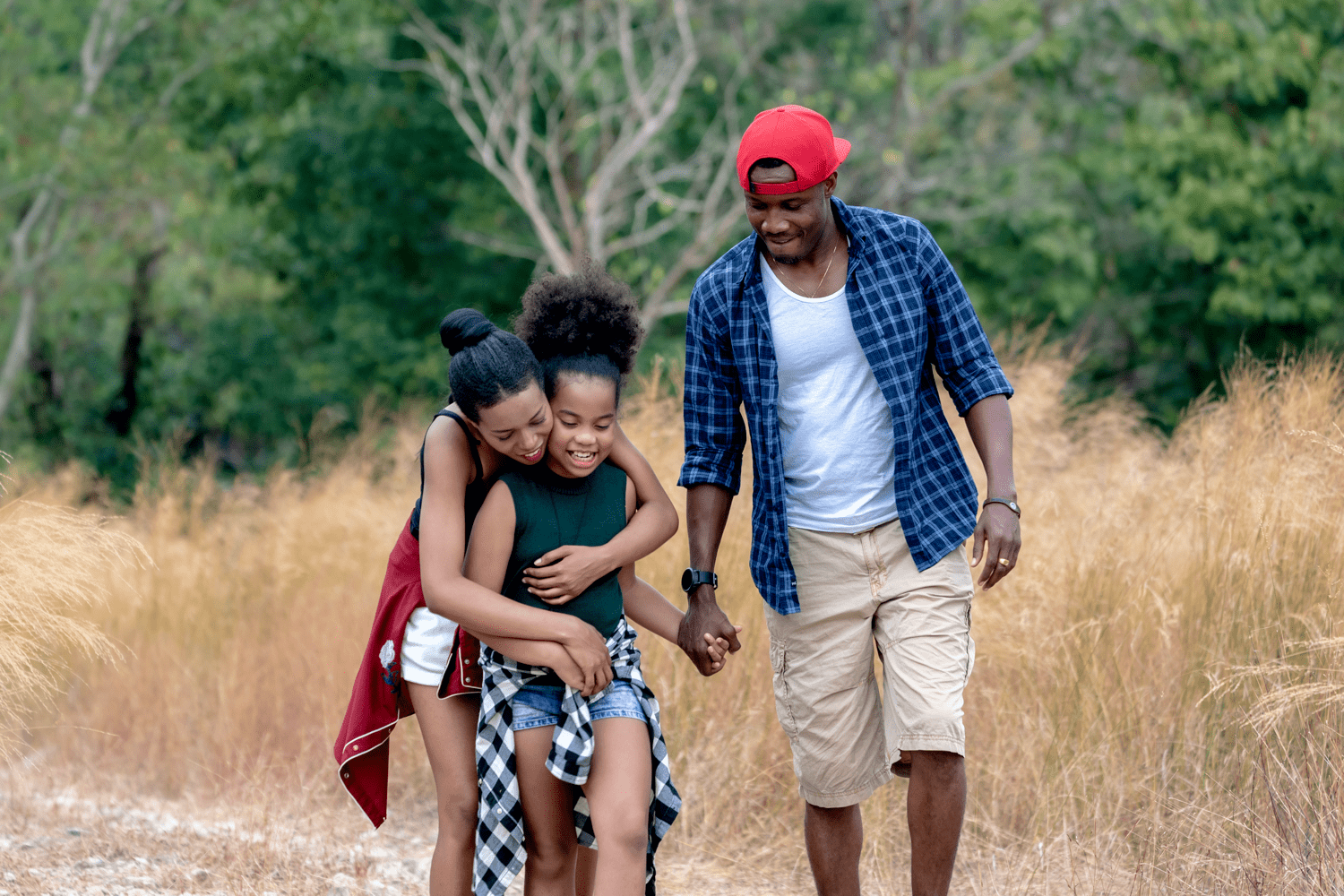
Looking toward the future, she also highlights the work of African Americans who are opening doors to greater participation in environmental and conservation concerns.

Finney conducted a thought-provoking study which explains why African Americans are so underrepresented when it comes to interests in nature.

Drawing on a variety of sources from film, literature, and popular culture, and analyzing different historical moments, including the establishment of the Wilderness Act in 1964 and the aftermath of Hurricane Katrina, Finney reveals the perceived and real ways in which nature and the environment are racialized in America. She is the author of Black Faces, White Spaces: Reimagining the Relationship of African Americans to the Great Outdoors. Bridging the fields of environmental history, cultural studies, critical race studies, and geography, Finney argues that the legacies of slavery, Jim Crow, and racial violence have shaped cultural understandings of the "great outdoors" and determined who should and can have access to natural spaces.

Why are African Americans so underrepresented when it comes to interest in nature, outdoor recreation, and environmentalism? In this thought-provoking study, Carolyn Finney looks beyond the discourse of the environmental justice movement to examine how the natural environment has been understood, commodified, and represented by both white and black Americans.


 0 kommentar(er)
0 kommentar(er)
